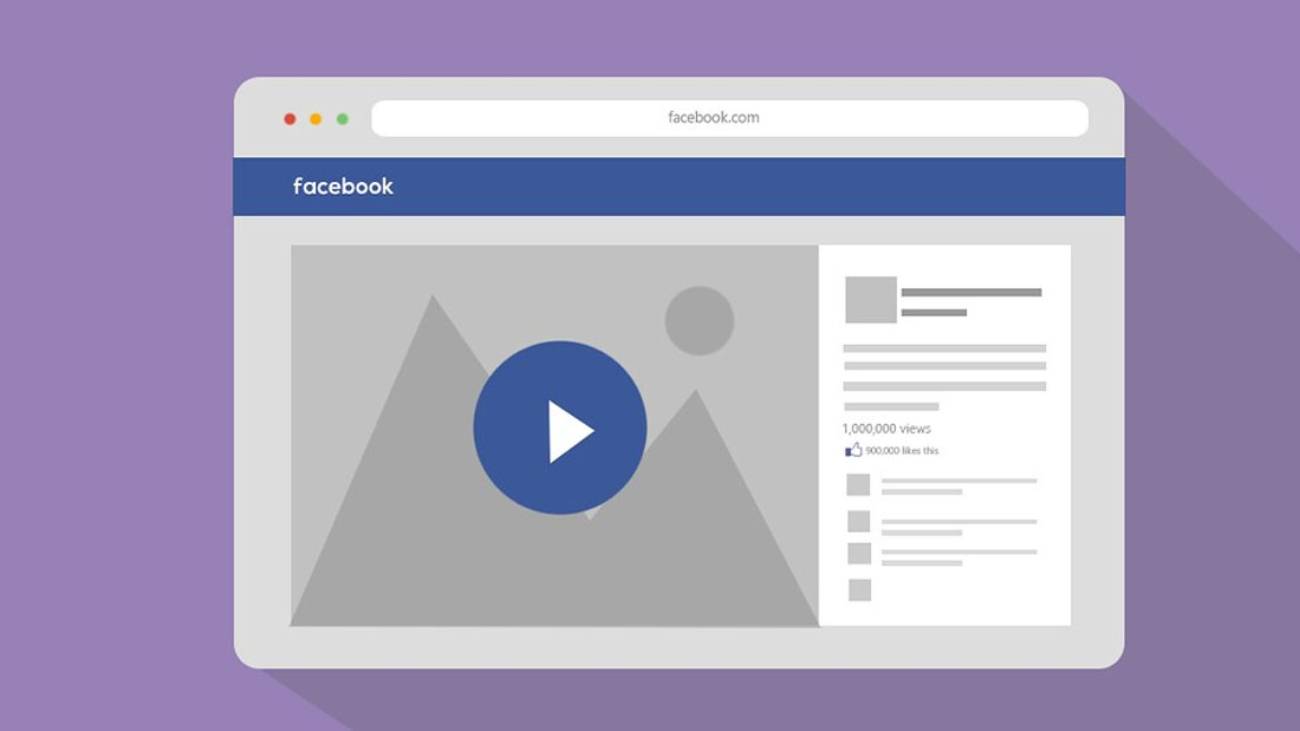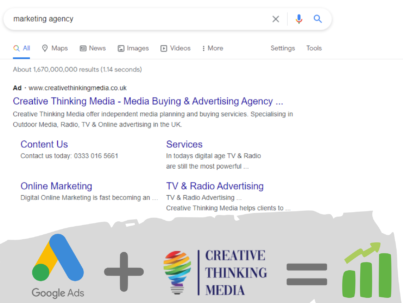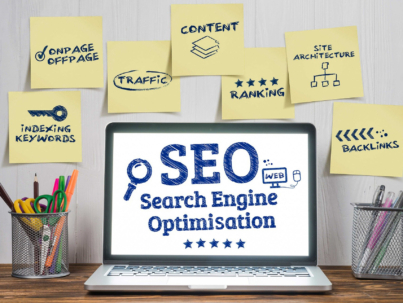Many businesses across the globe have trouble putting together a profitable Facebook advertising campaign. Why is this?
Facebook holds many tools that businesses can utilise to create an effective Facebook advertising campaign. However, many businesses are not aware of these tools, which is why many campaigns tend not to get the ROI that businesses hope for.
Let’s take a look at some of these tools that businesses are
missing out on…
1. Canvas Ads
Canvas Ads were introduced to Facebook back in 2016.
Facebook describes the feature as “a full-screen ad experience built for
bringing brands and products to life on mobile”. Essentially it allows users to
create ads on Facebook that allow for full interaction of the content within
the ad, such as images, videos, etc. This is a popular form of advertising due
to the fact it means users can browse on one ad without having to navigate
outside of Facebook.
2. Video Ads
Video Ads are a very popular form of marketing, allowing
businesses to target specific channels through creativity. Video Ads on
Facebook hold some impressive statistics –
- Shoppers that view videos on Facebook are twice
as likely to purchase the product being targeted at them than a non-video
viewer. - Over 500 million people view video on Facebook
every day across the globe. - Facebook reports that 62% of people who watch a
video are more interested in a product as opposed to not seeing a video about
the product before.
3. Facebook Pixel
Before Facebook Pixel, businesses had to manually enter code into their respective websites to track conversion rates from Facebook. This made life difficult for businesses as it consumed valuable time, until Facebook Pixel made life much easier for them when it landed. The Facebook pixel is a snippet of code that you place on your website. It collects data that helps you track conversions from Facebook ads, optimise ads, build targeted audiences for future ads, and remarket to people who have already had some kind of engagement on your website.
It works by placing and triggering cookies to track users as
they interact with your website and your Facebook ads. A very simple, yet handy
piece of code.
4. Targeting the correct audience
Most businesses will simply jump the gun and try and target
as many people as they can when using social media platforms to advertise. The statement “quality over quantity” could
not be more relevant in this situation. At the end of the day, it would be much
more ideal for a business to target 10,000 people interested in their kind of
services rather than targeting 1,000,000 random people. An advertising campaign
needs to be structured correctly and target audience is very much the
foundation of that structure. The target audience needs to be researched
thoroughly to ensure an advertising campaign is effective.
5. Build a strong brand identity
Ads should not just be used purely to sell products or services.
It is important that businesses gain a reputable status on a national or even
international scale. Using Facebook Ads to do this is a great way to let people
know about a business, purpose and goals. Doing so will gain a valuable business
reputation, with a vision for the long-run in mind when doing this. This will help businesses
to gain loyal customers, more sales, more reach, more engagement and thus more
profit.
Article by Creative Thinking Media ©
If you’re still struggling to manage your Facebook Ads or
need assistance on starting your Facebook advertising journey, then get in
touch and let us make the most of your budget.
Connect and follow us on social media.






